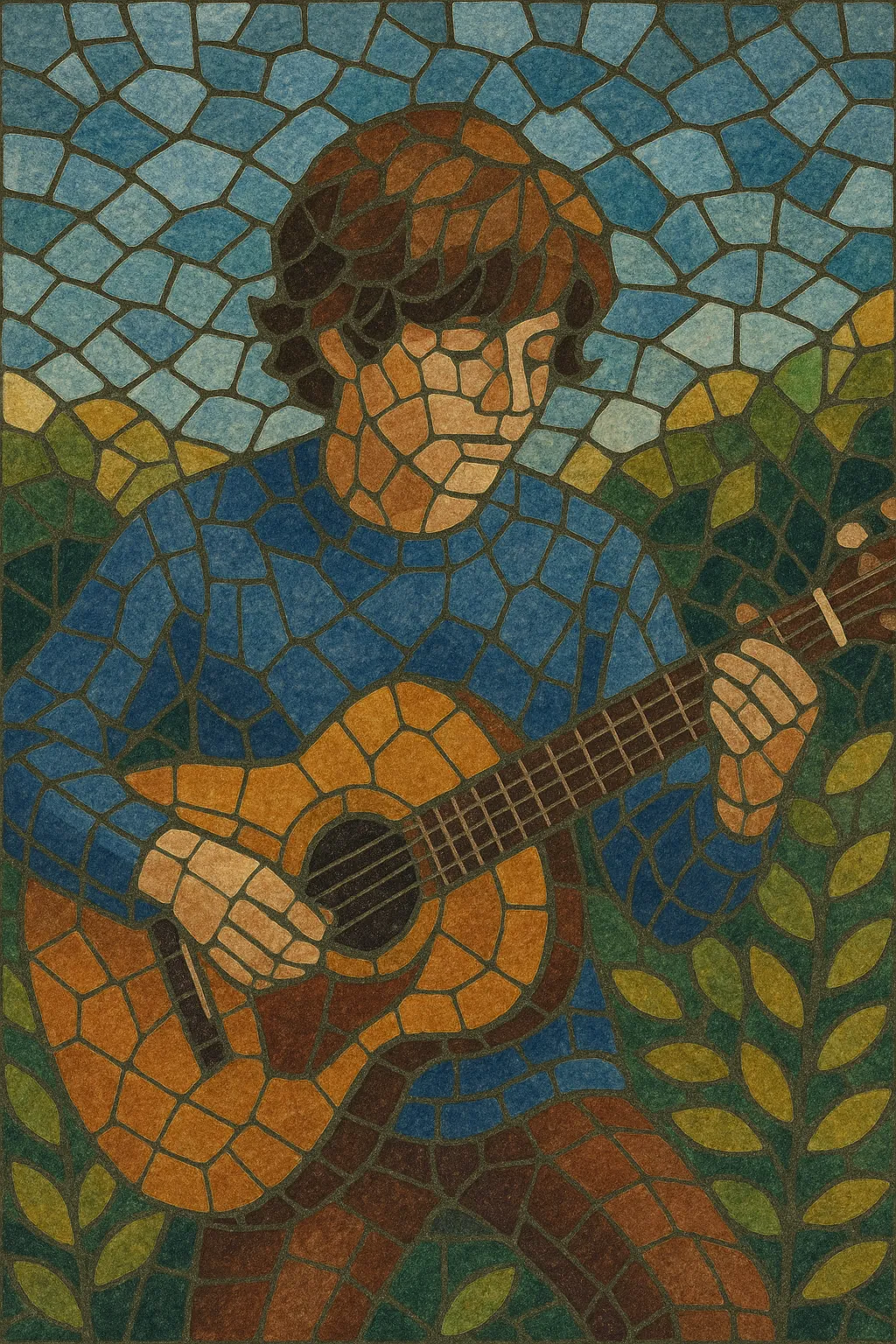Jangle pop is a guitar-centered style of pop and rock defined by bright, chiming tones—often from a 12‑string electric (famously the Rickenbacker)—playing arpeggiated or open‑chord figures with minimal distortion. The sound emphasizes treble clarity, shimmering sustain, and tight compression, creating a sparkling texture that carries melodic hooks.
Rhythm sections are typically crisp and supportive rather than aggressive, with steady mid‑tempo grooves and melodic bass counter‑lines. Vocals tend to be tuneful and understated, frequently with close harmonies. Lyrically, jangle pop pairs catchy, concise songwriting with wistful, romantic, and nostalgic themes. The style draws on 1960s guitar pop and folk rock traditions while channeling the DIY ethos of 1980s indie scenes.
Jangle pop’s sonic blueprint originated in the mid‑1960s with American folk rock and British Invasion guitar pop. The Byrds popularized the chiming 12‑string electric sound (inspired in part by The Beatles), blending folk harmonies with electric arpeggios and tight pop forms. That "jangle" timbre—sparkly, compressed, and treble‑forward—became a recognizable hallmark of guitar‑based pop.
The term "jangle" (and later "jangle pop") gained currency in the late 1970s and early 1980s as a wave of American and British bands revived this guitar shimmer within post‑punk and college‑rock contexts. Groups such as R.E.M., The dB’s, and The Feelies in the US—and The Smiths in the UK—paired crisp, arpeggiated guitars with literate songwriting and independent production values. The sound became a core strand of 1980s alternative and indie pop, often contrasted with harder new wave or synth‑driven styles.
Beyond the US and UK, scenes in New Zealand (the "Dunedin Sound" on Flying Nun Records) and Australia (The Go‑Betweens, The Church) cultivated their own jangly aesthetics: clean guitars, melodic basslines, and bittersweet lyricism. In Britain, the C86 era and labels like Creation and Rough Trade helped link jangle pop with indie pop and twee pop, emphasizing DIY recording, compact forms, and harmony‑rich hooks.
In the 1990s, jangle’s DNA flowed into indie rock and Britpop (e.g., Teenage Fanclub), while its clean, chiming textures influenced dreamier guitar music as well. The style remains a perennial touchstone: contemporary indie bands routinely return to its bright guitars, concise melodies, and reflective tone, underscoring jangle pop’s enduring appeal as a timeless guitar‑pop language.


